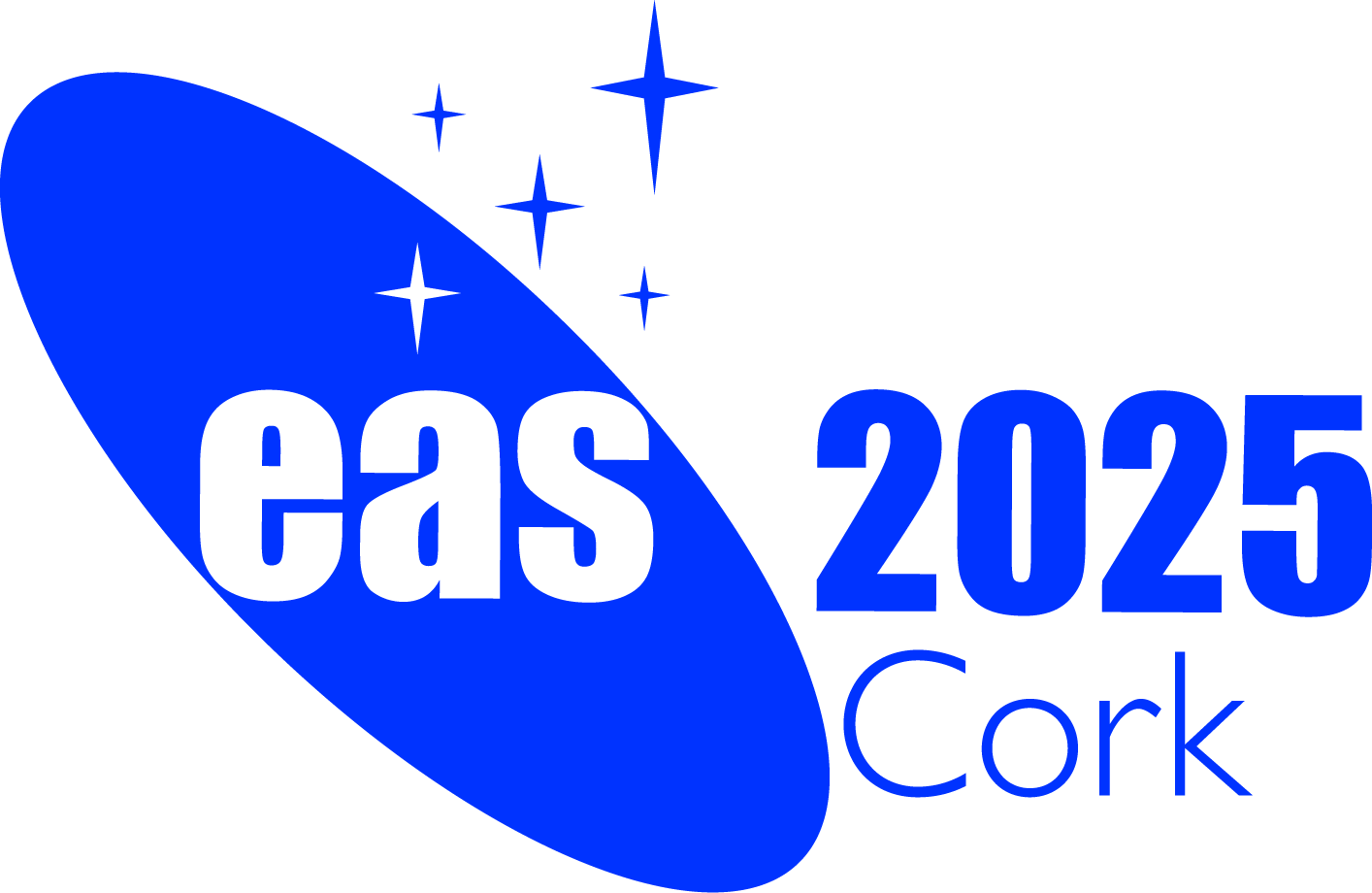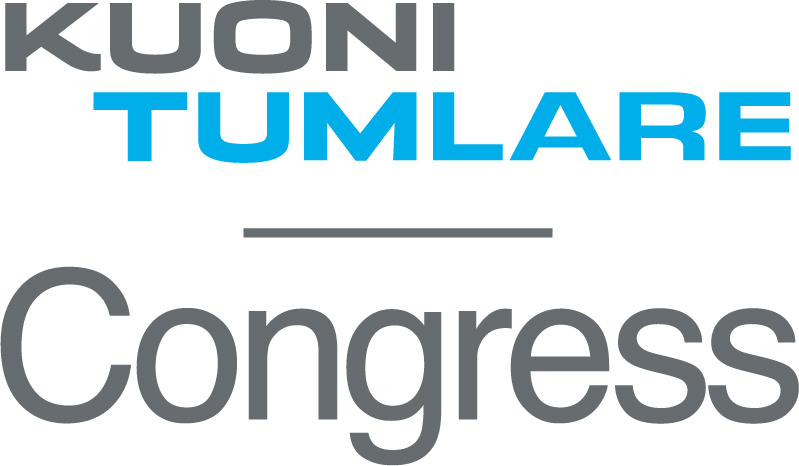
|
Special Session SS38
26 June 2025
A bright future for Far-Infrared Astrophysics in Europe
News: Invited speakers will be announced before the end of February. Aims and scope
The far-infrared domain is key to study the cold obscured Universe at all scales from protoplanetary disks, to star formation and to galaxy evolution. Without a far-infrared facility, we are blind to half of the luminous content of the Universe. Far-IR observations are essential to understanding the origin of planets, stars, and galaxies.
Following the recommendations of the American decadal report, NASA issued a call for a far-infrared and/or X-ray probe for which three candidate infrared missions submitted a proposal in November 2023. In each of these candidates, European institutes and researchers were strongly involved, responsible for several instruments that represent the foreseeable future of far-infrared astronomy. In October 2024 NASA selected PRIMA to represent the Far-IR community. With a final selection in mid-2026, EAS2025 is timely to gather the whole European community behind the PRIMA probe.
PRIMA is a cryogenically-cooled, Far-IR observatory concept for the community in the 2030 decade. PRIMA includes both a sensitive wideband spectrometer FIRESS (24 to 235 microns with R~100 and a high-resolution mode), and a multi-band spectrophotometric imager / polarimeter PRIMAger. Both instruments use detectors limited by the natural background. More information on the probe is available here: https://prima.ipac.caltech.edu/
The aim of this special session is to make a big step forward within the European community, and discuss the science opportunities afforded through the >70% of guest observing time that the PRIMA will propose.
We invite researchers to propose and present their views and ideas on the key open questions that require Far-IR observations and how PRIMA would help answering them. We are also welcoming contributions showing the synergy of PRIMA with current or future facilities. This will be an opportunity to directly interact and discuss with the PRIMA team. Furthermore, this session will end with a discussion on future Far-IR concepts, including interferometers, heterodyne telescopes, and balloon-based observatories.
Programme
Invited speakers
Scientific organisers
Contact Laure Ciesla (laure.ciesla @ lam.fr) Updated on Tue May 20 00:08:06 CEST 2025
|
||||||||
|
European Astronomical Society |
|||||||||
 A power cut will shut down all EAS services on Tuesday, 10 January 2017 starting at 7:30 CET.
A power cut will shut down all EAS services on Tuesday, 10 January 2017 starting at 7:30 CET.

